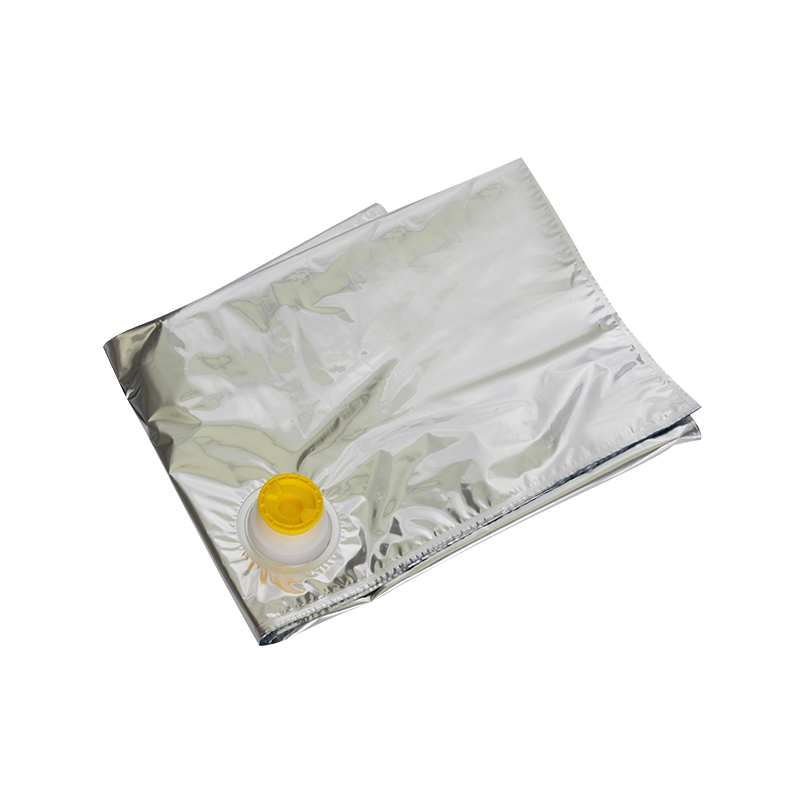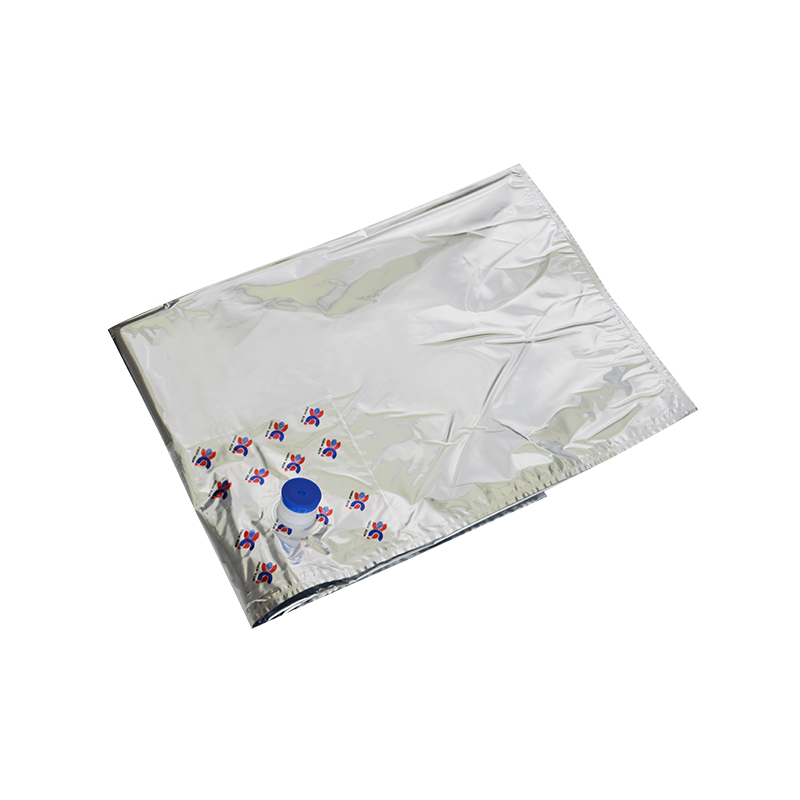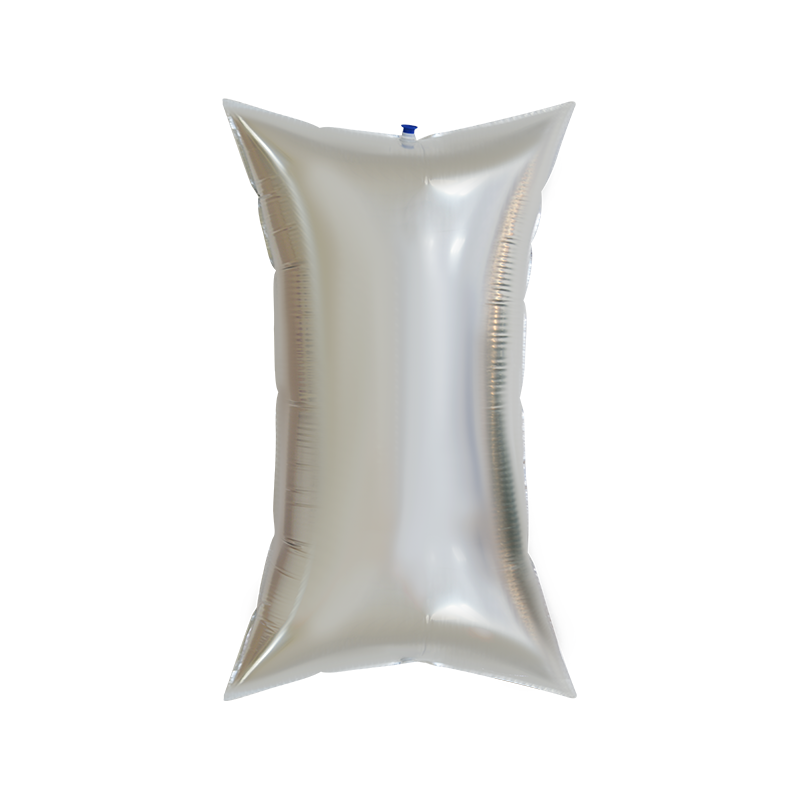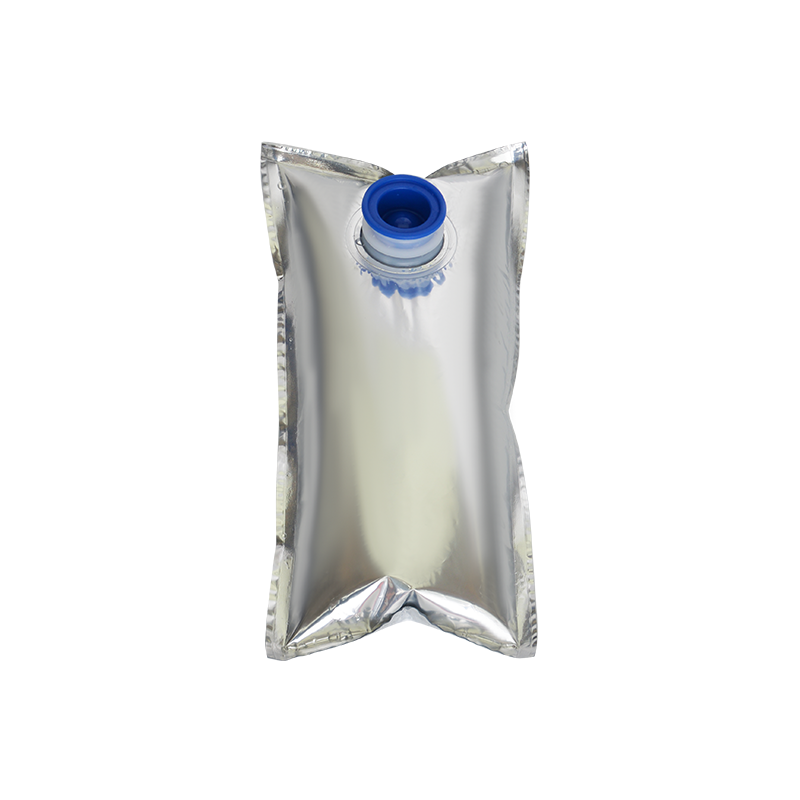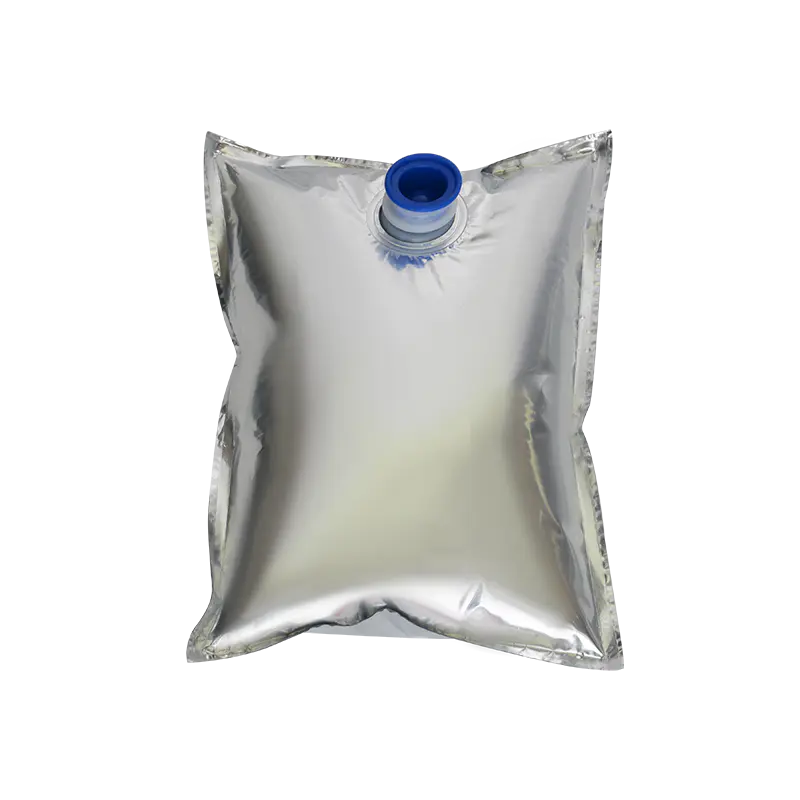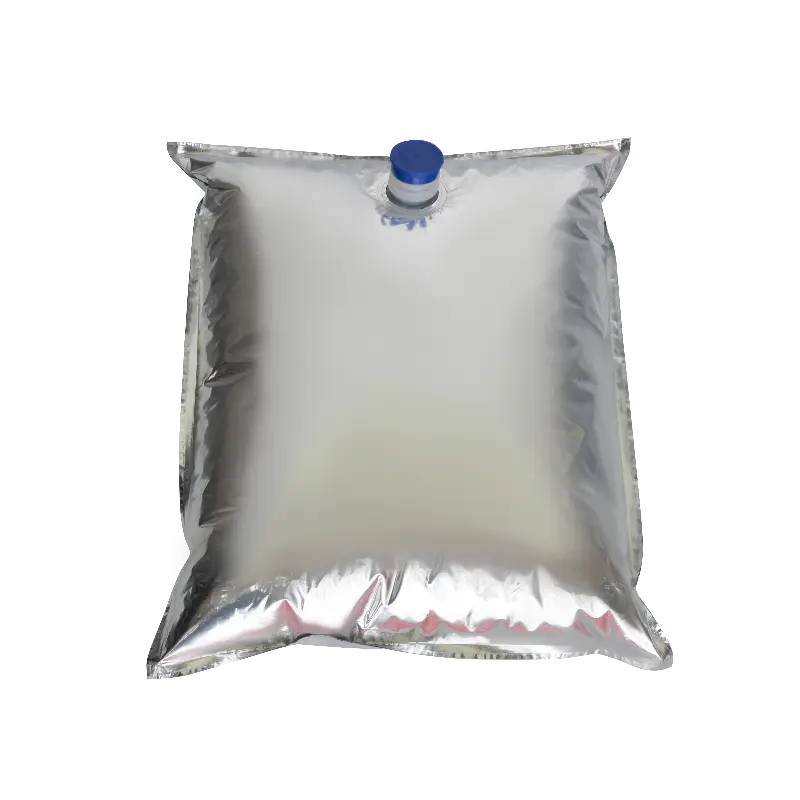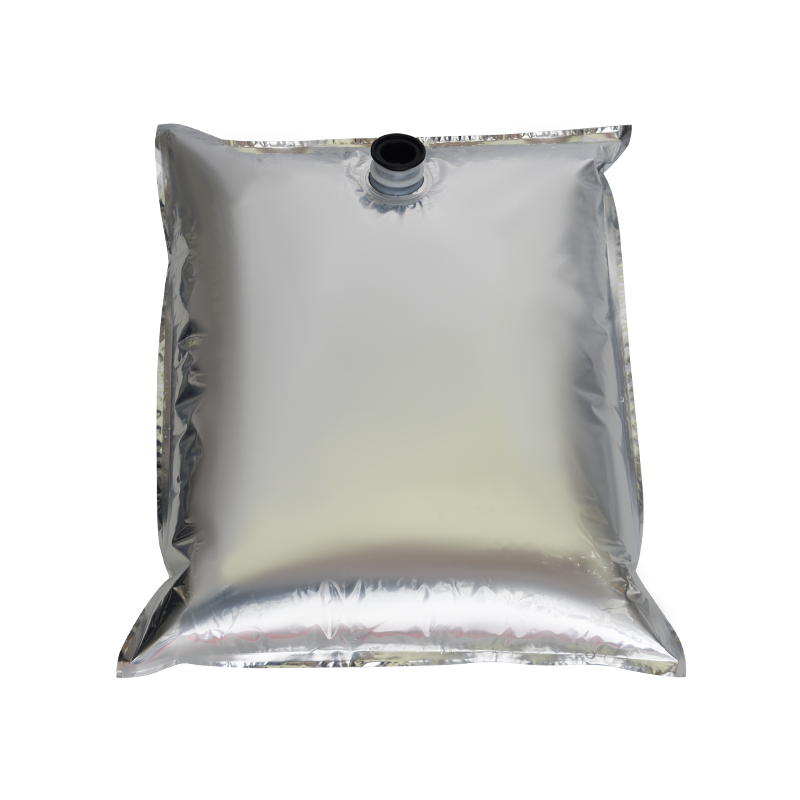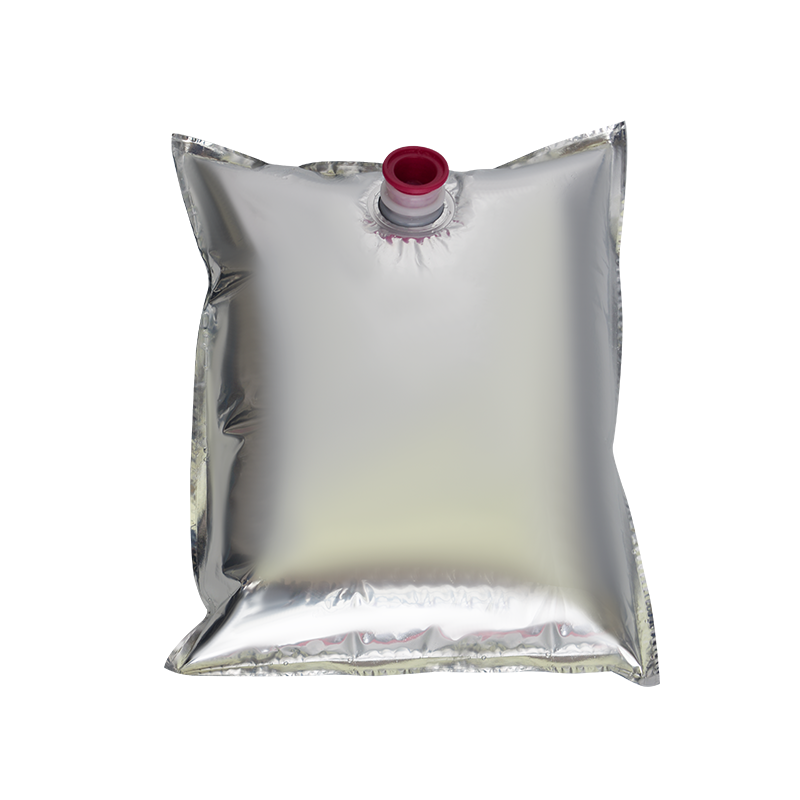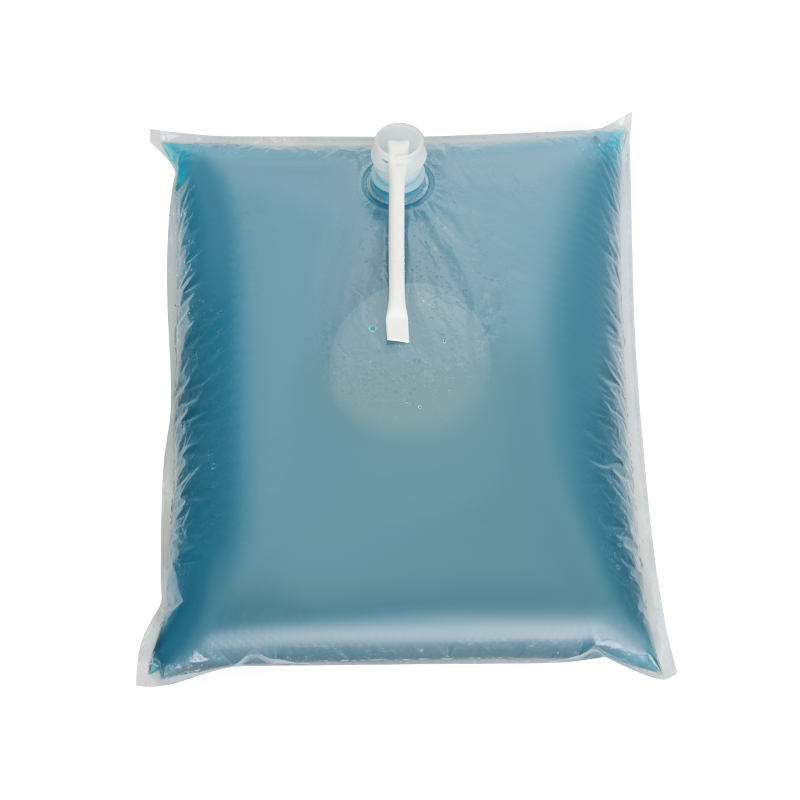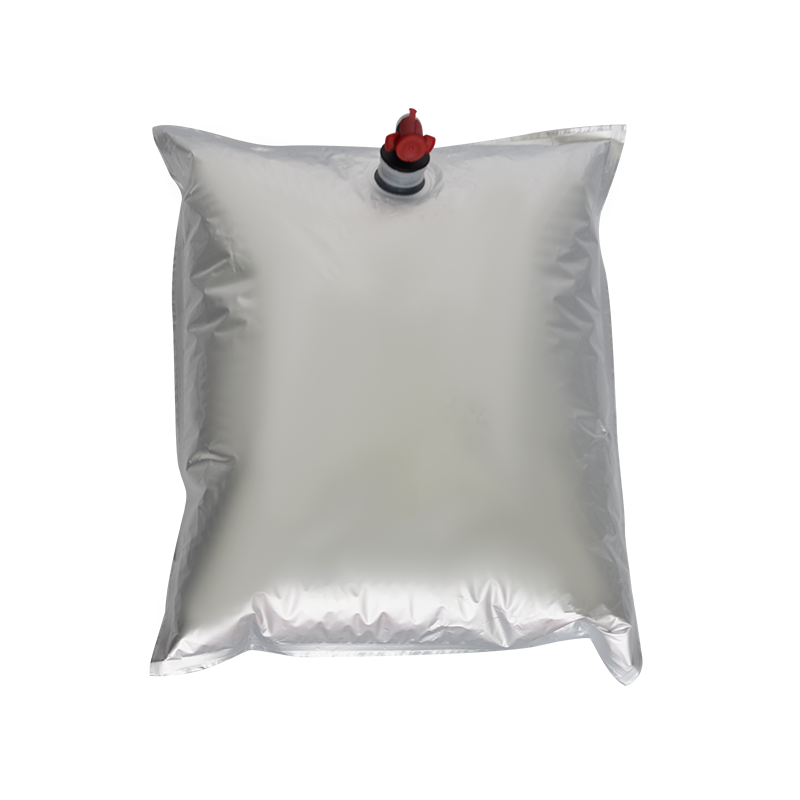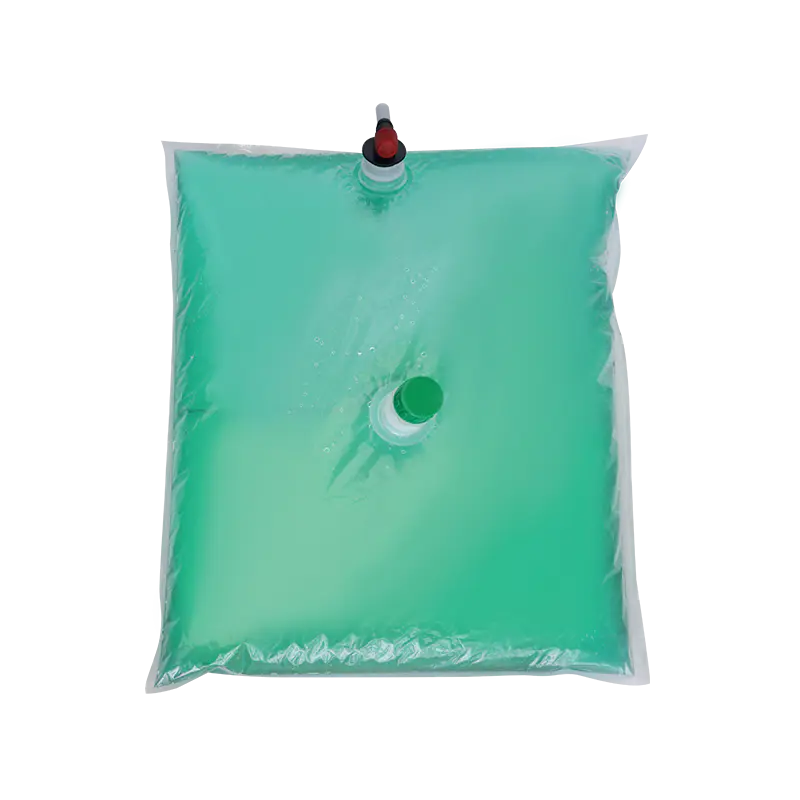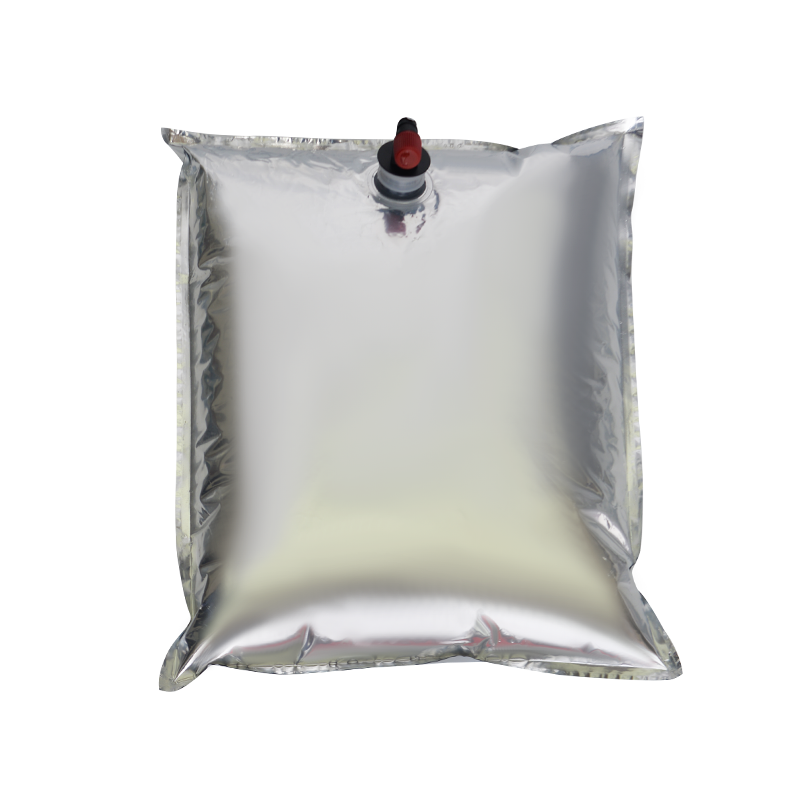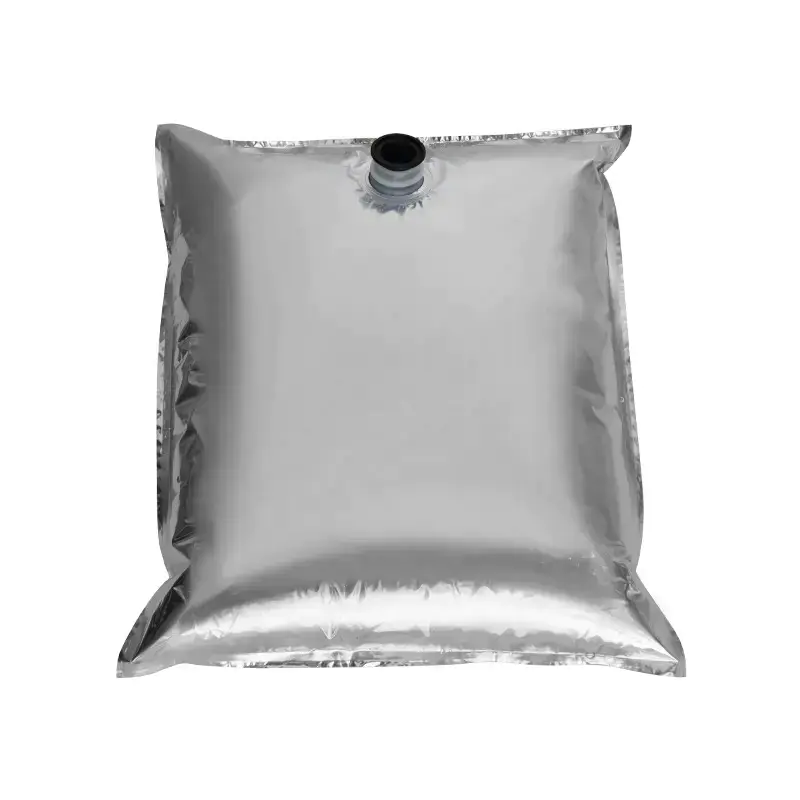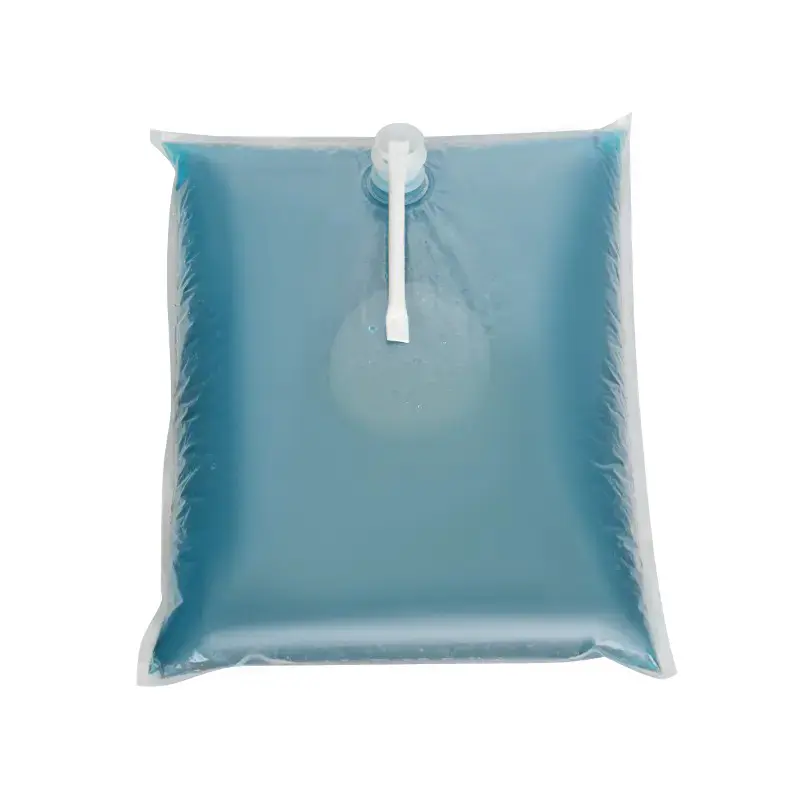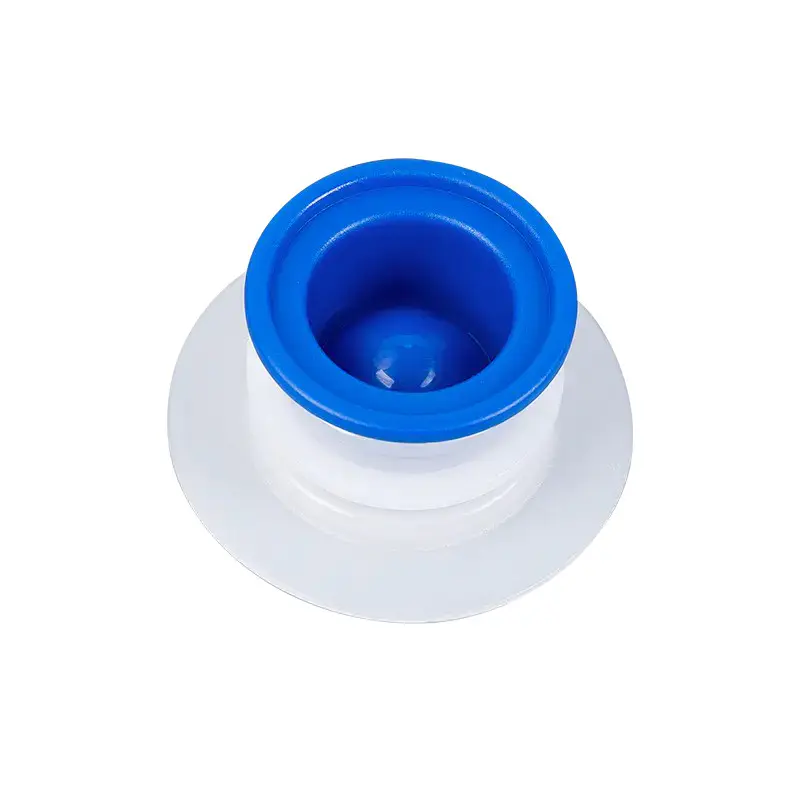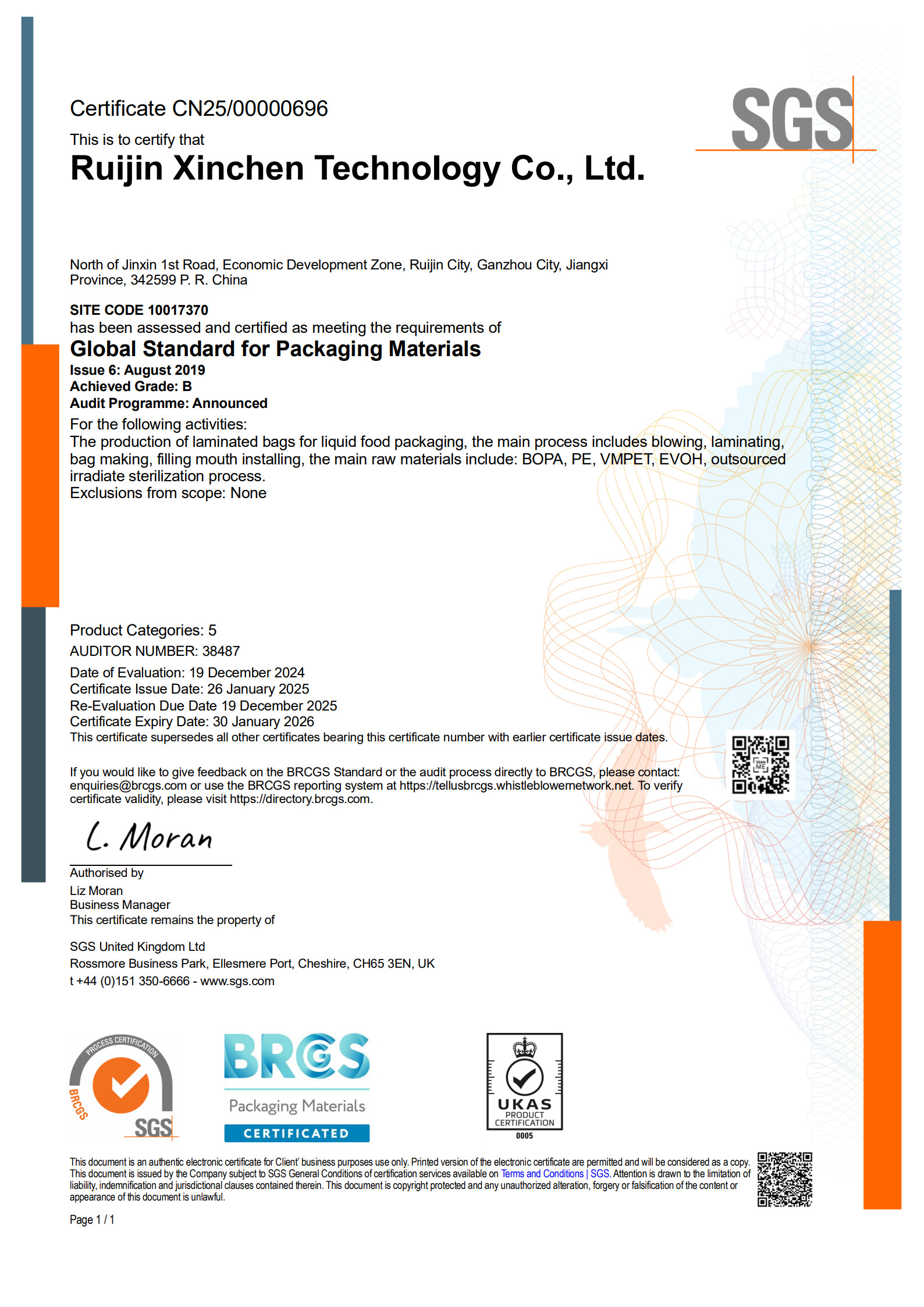
In today's rapidly developing packaging industry, Transparent Bag-In-Box technology is gradually becoming the new favorite for packaging of liquid and semi-liquid products. This innovative packaging format not only retains all the advantages of the traditional Bag-In-Box system, but also brings a new visual experience and value proposition to brands and consumers through the application of transparent materials.
The Transparent Bag-In-Box packaging system consists of three main components: a rigid outer box, a flexible inner bag, and an integrated dispensing device. Unlike the traditional opaque version, the Transparent Bag-In-Box uses a special high-transparency multi-layer composite film as the inner bag material. This film is usually made of materials such as polyethylene (PE), polyethylene terephthalate (PET) or polypropylene (PP) through a co-extrusion process, and has excellent transparency, barrier and mechanical strength.
From a brand marketing perspective, Transparent Bag-In-Box provides greater creative space for product display. Brands can use transparent windows to showcase the natural properties of products, or design unique patterns and logos to strengthen brand recognition while maintaining functionality. This packaging format is particularly suitable for products that sell natural ingredients, special colors or textures.
The transparent design also solves a major pain point of the traditional opaque Bag-In-Box - the remaining contents are not visible. Consumers can always know the remaining product amount and avoid the embarrassment of running out of it suddenly, which greatly improves the user experience. This feature is particularly important for commercial users such as restaurants and bars, which can be more accurately managed and purchased.
In terms of sustainability, the Transparent Bag-In-Box continues the inherent environmental advantages of this packaging format. Compared with rigid containers, it uses up to 80% less plastic materials and significantly reduces the carbon footprint during transportation and warehousing. The latest developments include the use of bio-based polyethylene and recyclable mono-material structures, which further enhance environmental friendliness.
The transparent design also indirectly promotes the reduction of food waste. Consumers and merchants can clearly see the status of the contents, making it easier to implement the "first in, first out" inventory management principle to avoid products from expiring due to forgetting. For products that are prone to oxidation, some transparent Bag-In-Boxes are also equipped with smart indicators that show the freshness of the product through color changes, a function that is difficult to achieve in opaque packaging.
Transparent Bag-In-Box was originally used mainly in the wine industry, but has now expanded to many fields. In the food industry, it is used for high-end edible oils, specialty sauces, liquid condiments, etc.; in the beverage field, in addition to wine, it is also suitable for cocktails, cold brew coffee, specialty tea drinks, etc.; personal care and home care products such as shower gel, shampoo, and detergents are also beginning to adopt this packaging form.
As consumers continue to increase their requirements for product transparency and sustainability, transparent Bag-In-Box technology will continue to innovate. Possible future development directions include thinner ultra-high barrier films, transparent coatings with self-healing functions, and smart packaging with integrated RFID or NFC technology. The application of nanotechnology may bring transparent materials with selective barrier properties, such as innovative products that only block specific wavelengths of ultraviolet rays while maintaining high visual transparency.

 English
English русский
русский